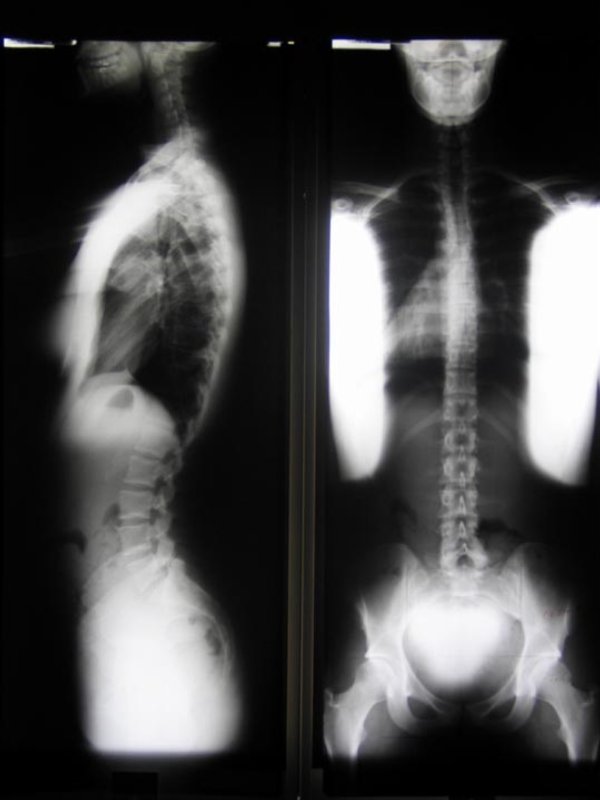
This figure shows that the lifetime risk of a radiation-induced cancer from 1 Sv of dose during the first decade of life in a child is about 15%, while the risk is approximately 2% in a middle-age adult. These complex pediatric conditions can require up to ten cardiac catheterizations to manage the disease prior to the patient reaching adulthood ! Second, children compared to adults are approximately ten times more sensitive to radiation exposure, as illustrated in Fig. For example, neonates and infants in the interventional suite suffer from a large variety of congenital heart and/or vascular defects or diseases as opposed to coronary artery disease common in adults.

First, their disease states differ from those of adults, which might lead to multiple interventions in the imaging room. Finally, the level of entrance exposure to the image receptor of the fluoroscope as a function of operator choices, of added filter thickness, of selected pulse rate, of the selected field-of-view and of the patient girth all must be addressed at installation.Ĭhildren are not small adults. Spectral and spatial beam shaping can improve image quality while reducing the radiation dose. A second, lateral imaging plane might be necessary because of the child’s limited tolerance of contrast medium. Three focal spots with nominal sizes of 0.3 mm to 1 mm are necessary on the pediatric unit. Variable rate pulsed fluoroscopy can be leveraged to reduce radiation dose to the patient and improve image quality. The range of pulse widths must be limited to less than 10 ms in children to properly freeze patient motion.
#ALUMINUM DISK XRAY FILTRATION GENERATOR#
The control of radiographic technique factors by the generator of the imaging device must provide a large dynamic range of mAs values per exposure pulse during both fluoroscopy and image recording as a function of patient girth, which is the thickness of the patient in the posterior–anterior projection at the umbilicus (less than 10 cm to greater than 30 cm).

Pediatric radiologists and cardiologists, with the help of medical physicists, need to understand the issues involved in creating good image quality at reasonable pediatric patient doses. Important design features and setup choices at installation and during the clinical use of the imaging device can improve image quality and reduce radiation exposure levels in pediatric patients. Although most fluoroscopes are capable of automatically providing good image quality on infants, toddlers, and small children, excessive radiation dose levels can result from design deficiencies of the imaging device or inappropriate configuration of the equipment’s capabilities when imaging small body parts. This paper discusses pediatric image quality and radiation dose considerations in state-of-the-art fluoroscopic imaging equipment.


 0 kommentar(er)
0 kommentar(er)
